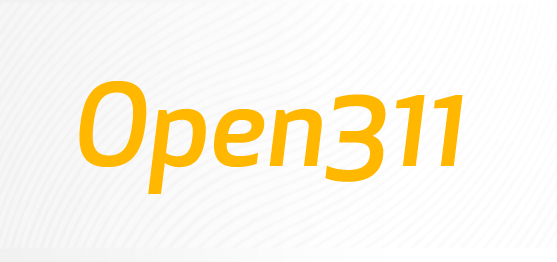We are continuing our dive into city data here at Streamdata.io, and next up after 911 data, we are taking a closer look at 311 data. What is 311 you ask? Well, it is like 911, but for non-emergencies. It is how you report issues within a city, things like potholes in the road, trees down, trash problems, and how some cities rely on the community to help report homeless that might be in need of assistance. 311 is how citizens in a community can help bring awareness non-emergency issues and make sure authorities are aware that they exist.
311 began as a number you could call, side by side with 511 for traffic and transit related information, and 911 for emergencies. With the introduction of the web, 311 moved online, and standardized approaches to defining 311 data began to emerge with the introduction of Open311. The open format allows municipalities to store and provide access to 311 data in a way that uses the same vocabulary, allowing it to be easily shared between providers, and aggregated across many location. There are a handful of cities who support the Open311 format:
 – Baltimore, MD
– Baltimore, MD
– Bloomington, IN
– Brookline, MA
– Chicago, IL
– Columbus, IN
– Grand Rapids, MI
– San Francisco, CA
– Toronto, Ontario
– Washington, DC
There are many other 311 systems that do not support or speak Open311, and efforts in the works to switch over to the common 311 standard. There are also a large number of cities who rely completely on Twitter to digitally augment traditional 311 services:
– Chicago, IL
– New York, NY
– Boston, MA
– Venice, CA
– Philadelphia, PA
– Miami-Dade County, FL
Similar to 911, you can find the majority of 311 data listings on city websites in a variety of formats. Providing another opportunity to help standardize, aggregate, and make 311 data available. This would just be about using a common API definition and schema like Open311 and making available through simple web interfaces. We aren’t even talking about the opportunity to begin making available in a real-time, streaming format. This is where Streamdata.io comes into the picture, and provides an added benefit to understanding the non-emergency issues impacting cities.
Similar to 911, we’ll be taking some of the real-time Open311 feeds and proxying with Streamdata.io to make real time. We want to show what is possible when you have 311 data streaming in real time, and is published to the web, via mobile devices, or within other applications. If you have any specific cities you’d like to see turned on using Streamdata.io, or have questions about this work, feel free to reach out. We’d love to hear your ideas regarding making city data more accessible in real time.


